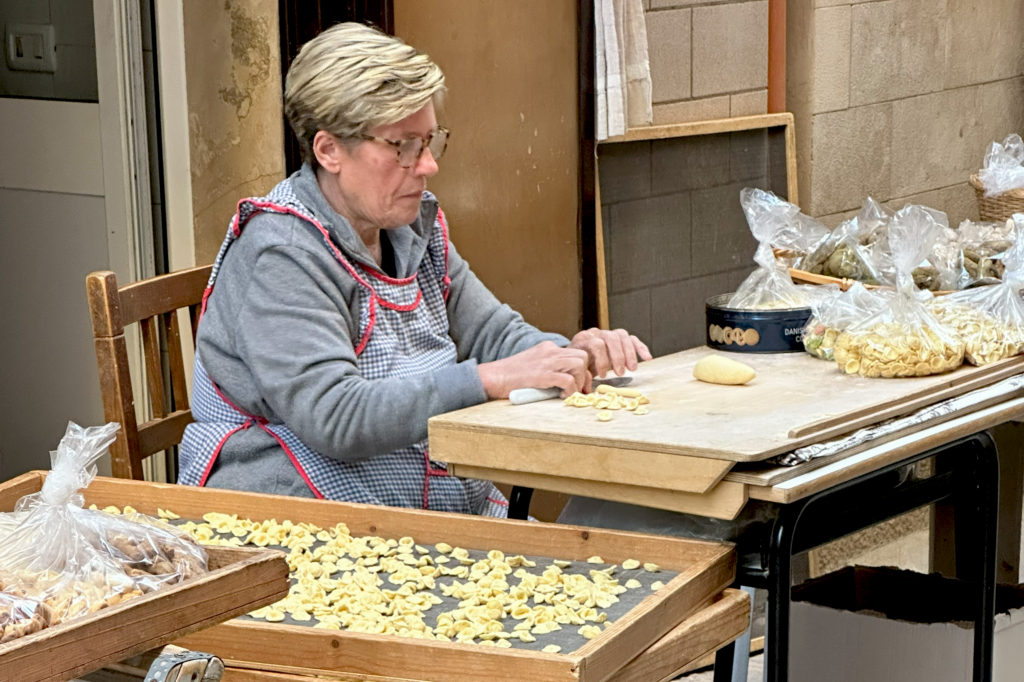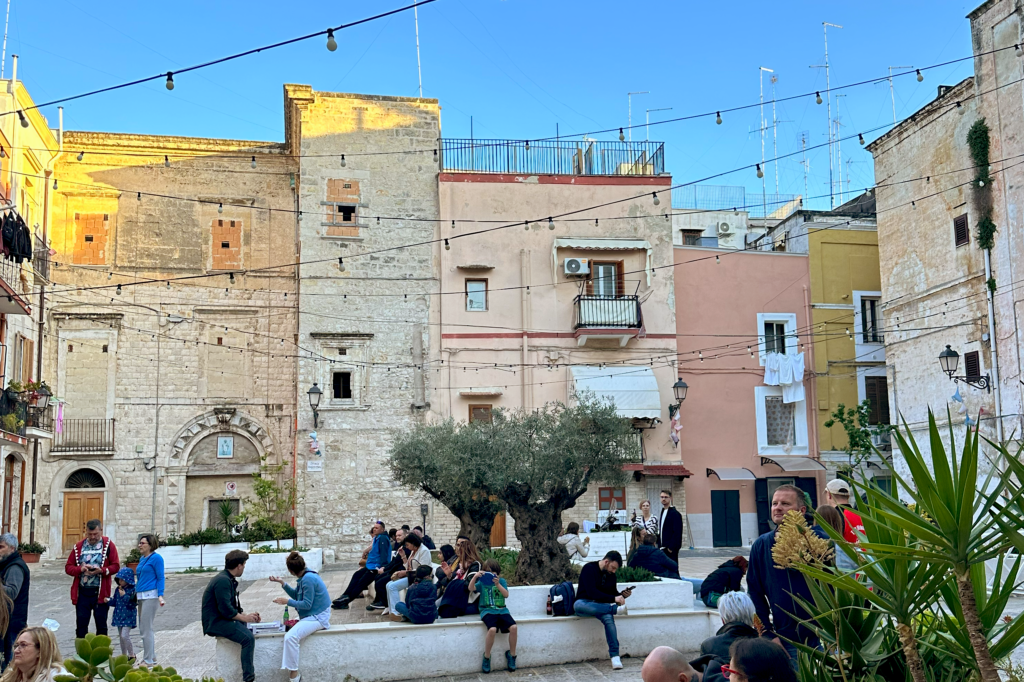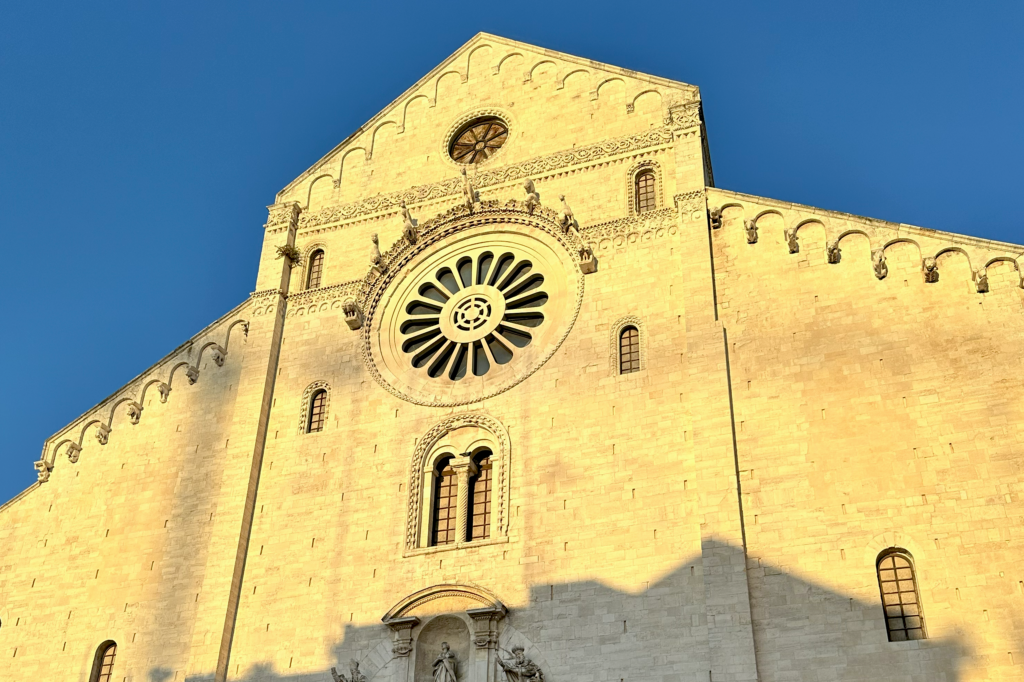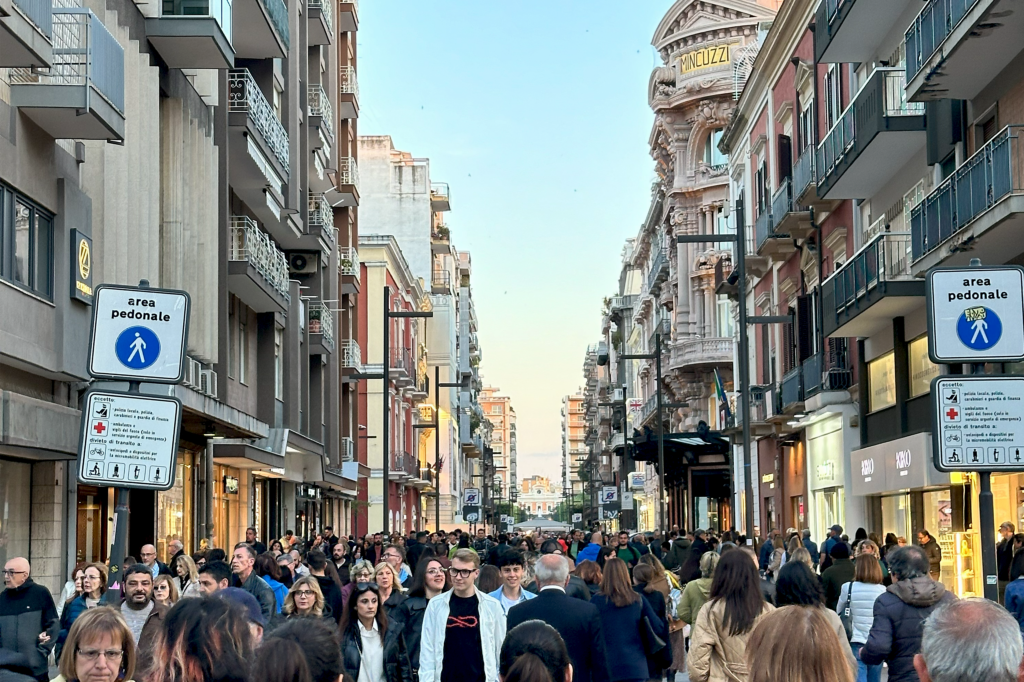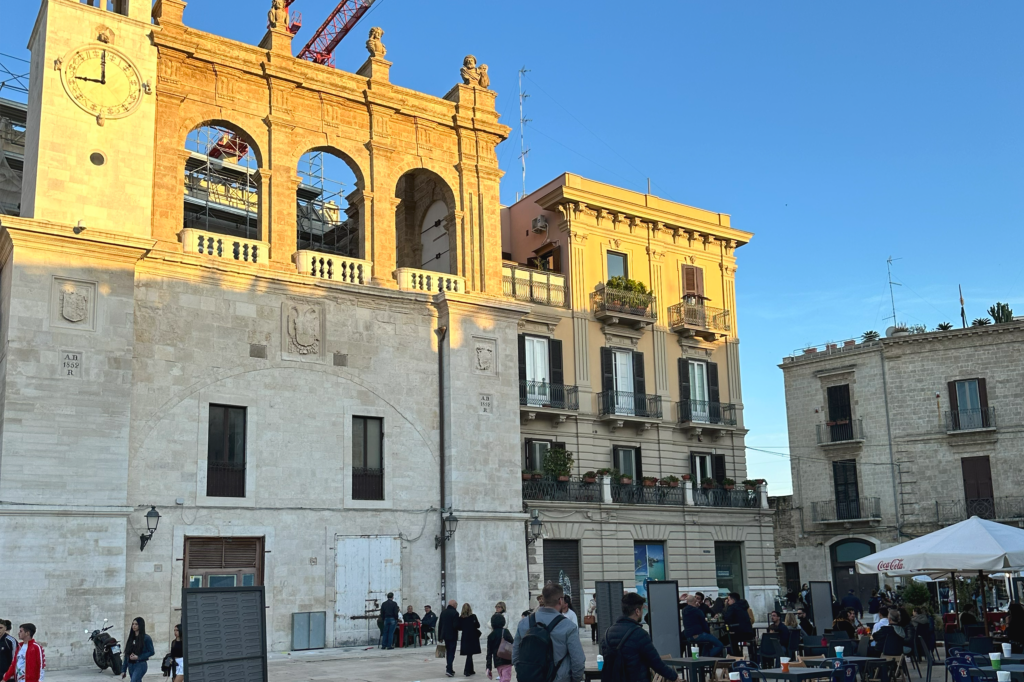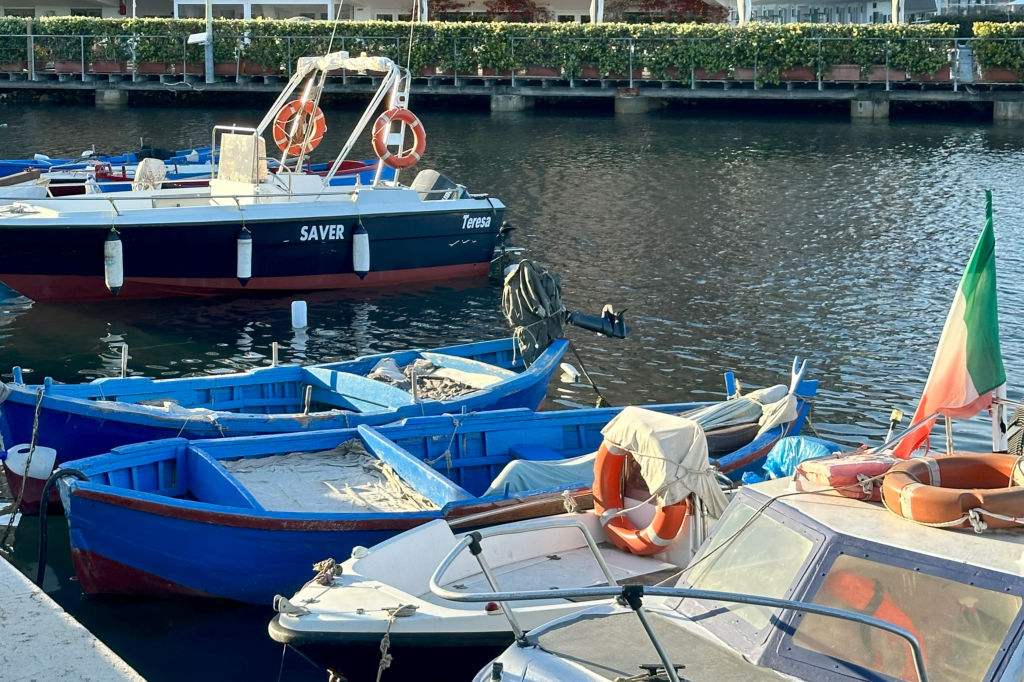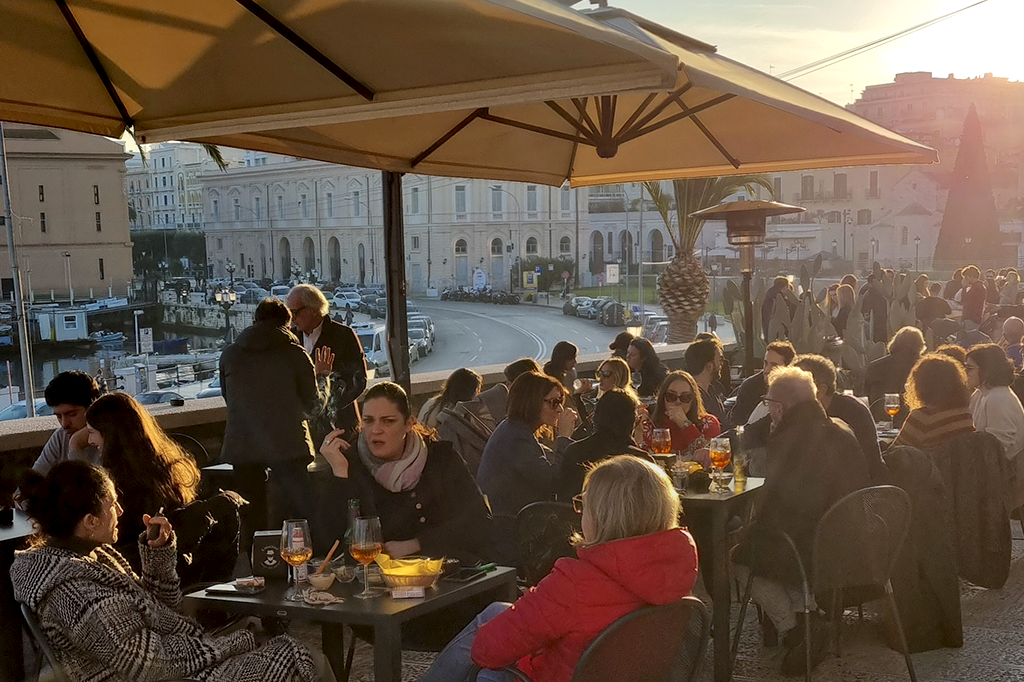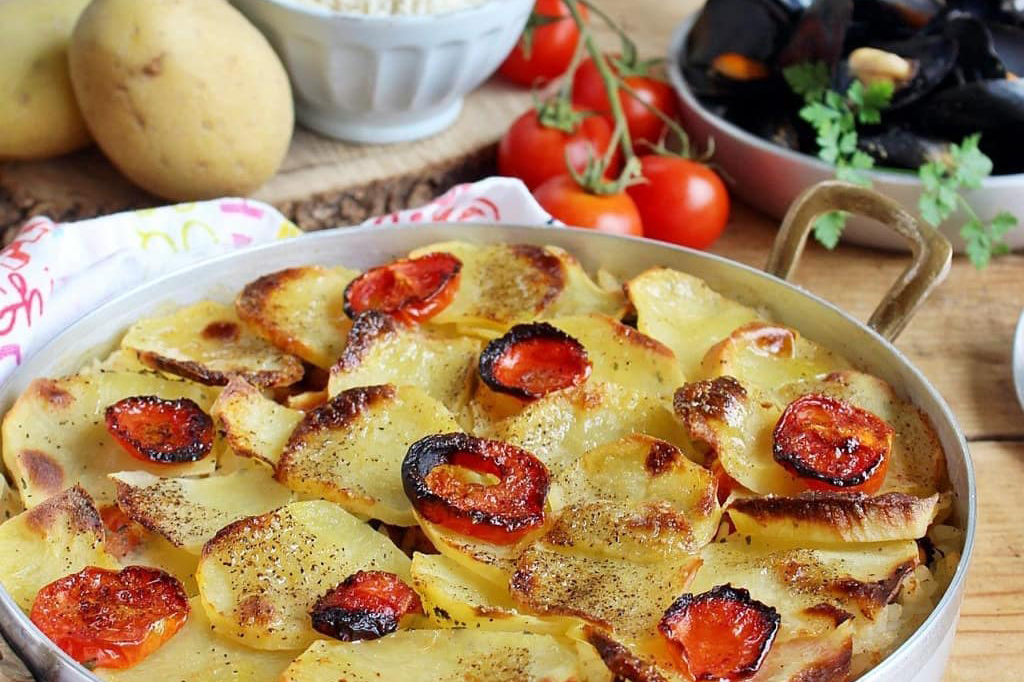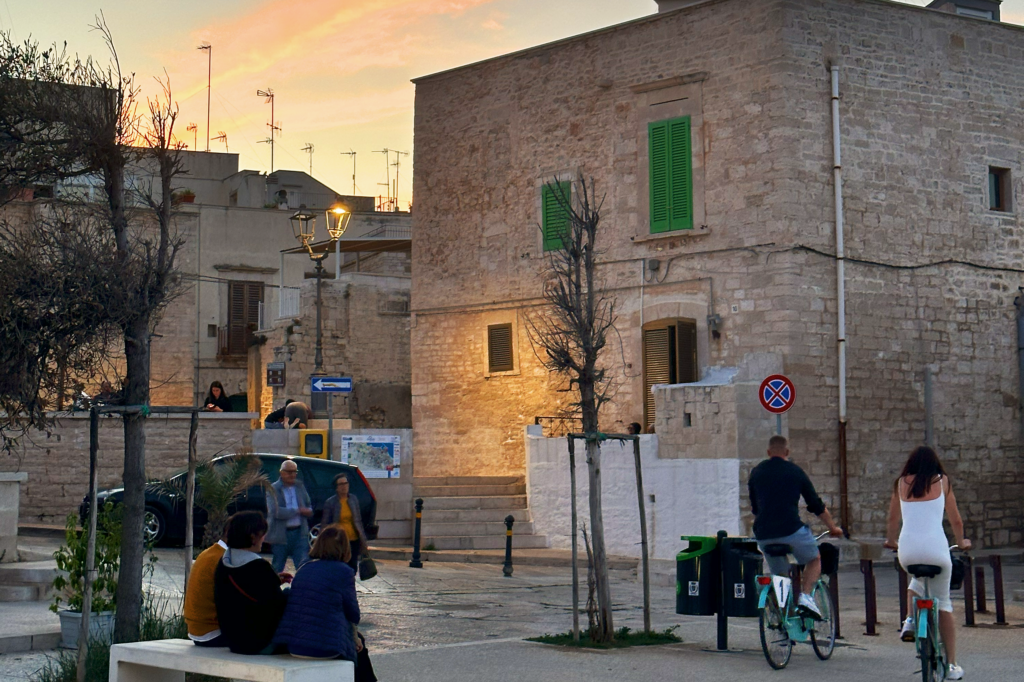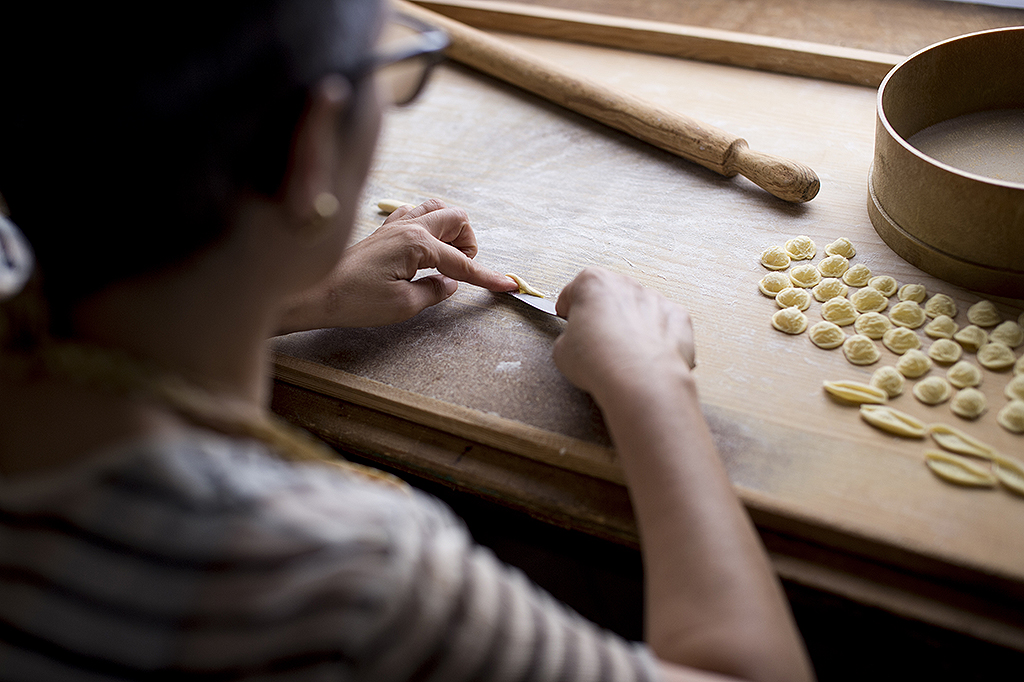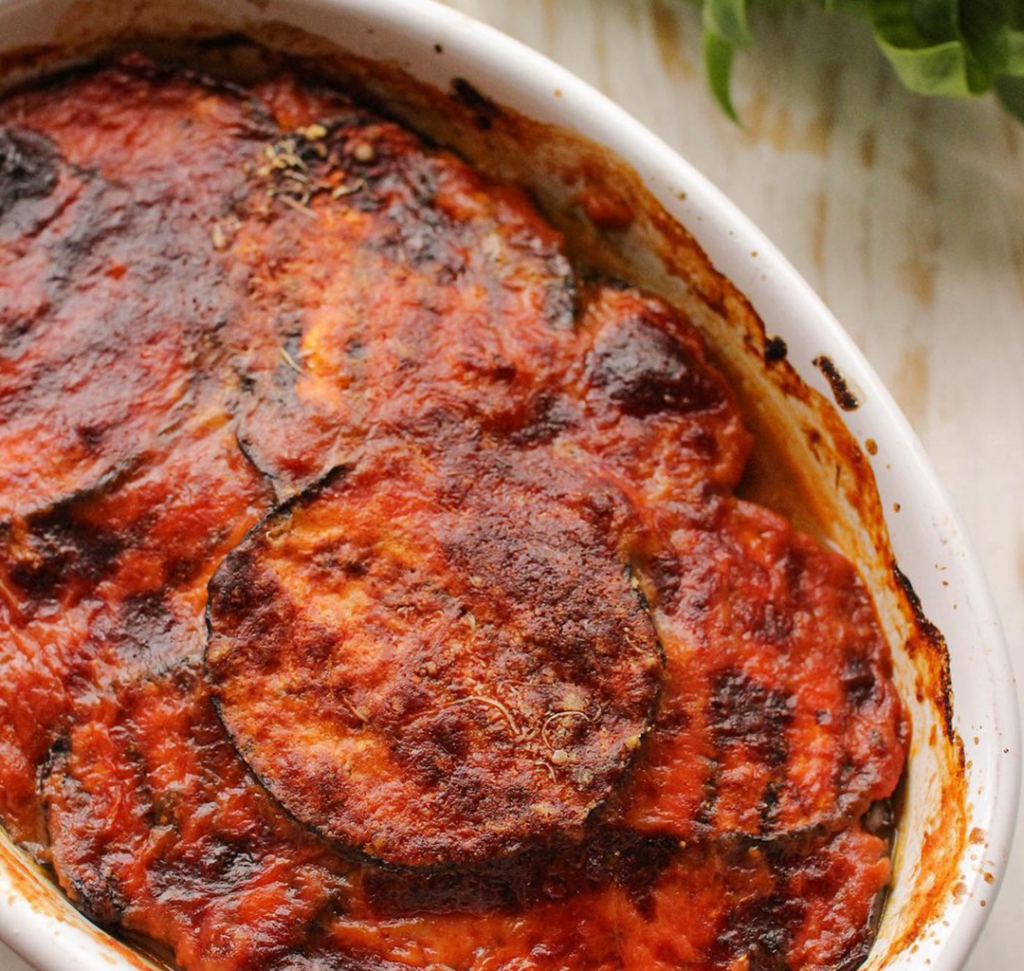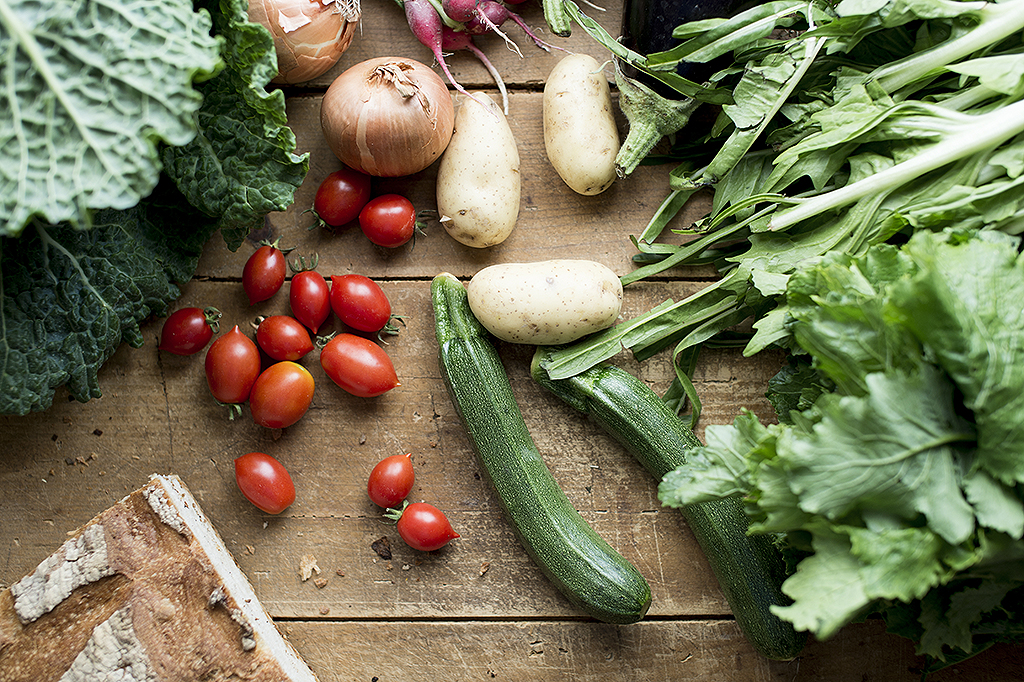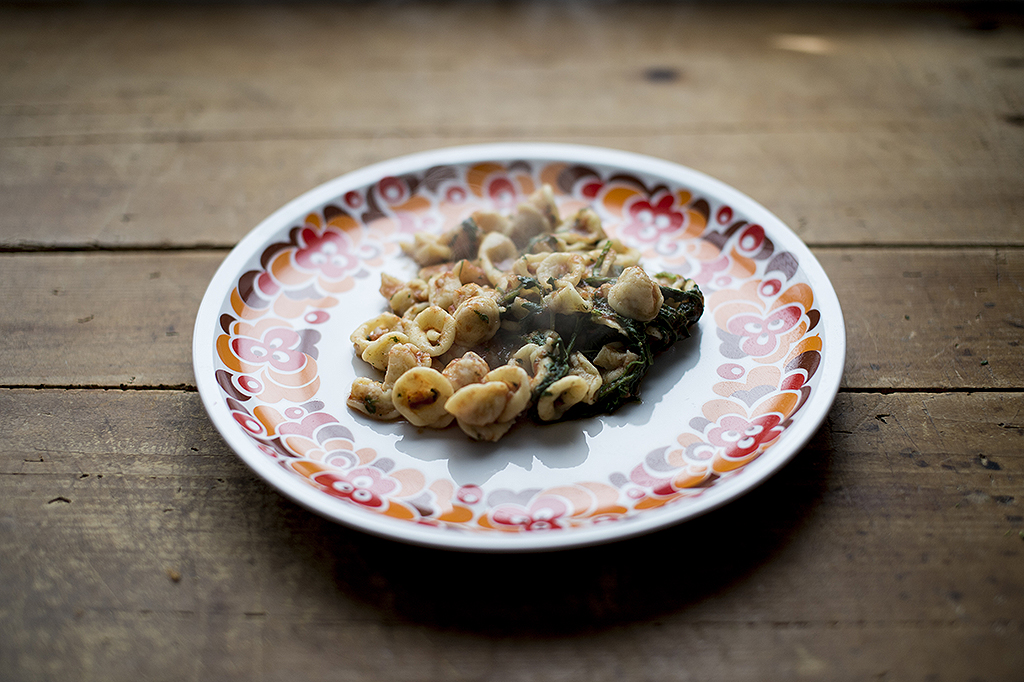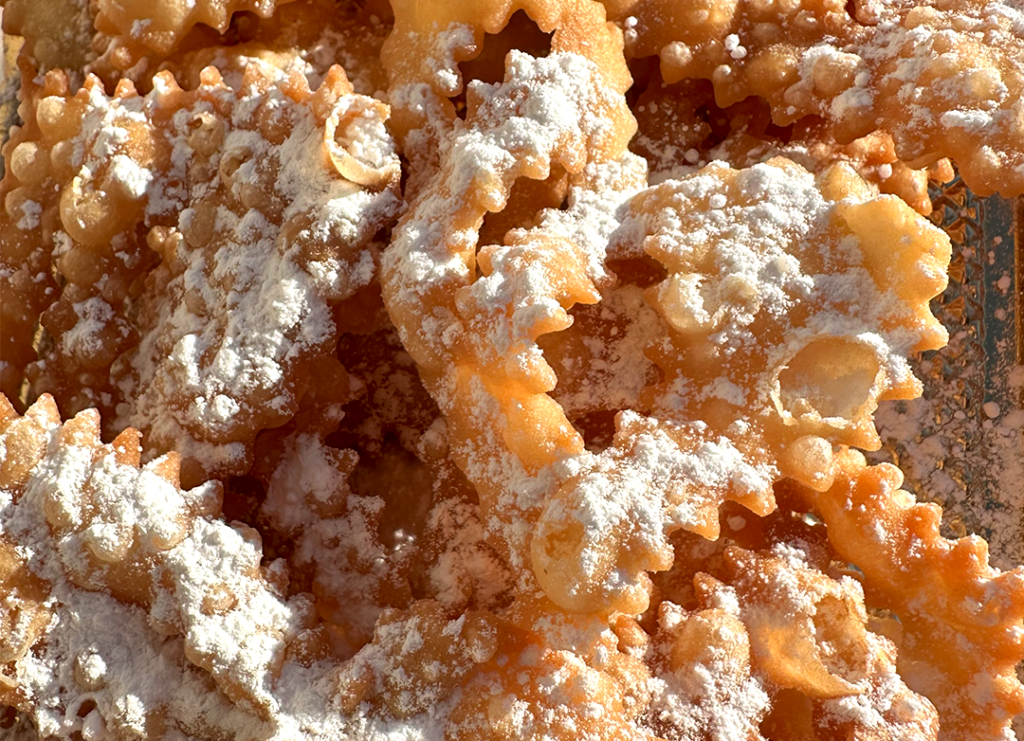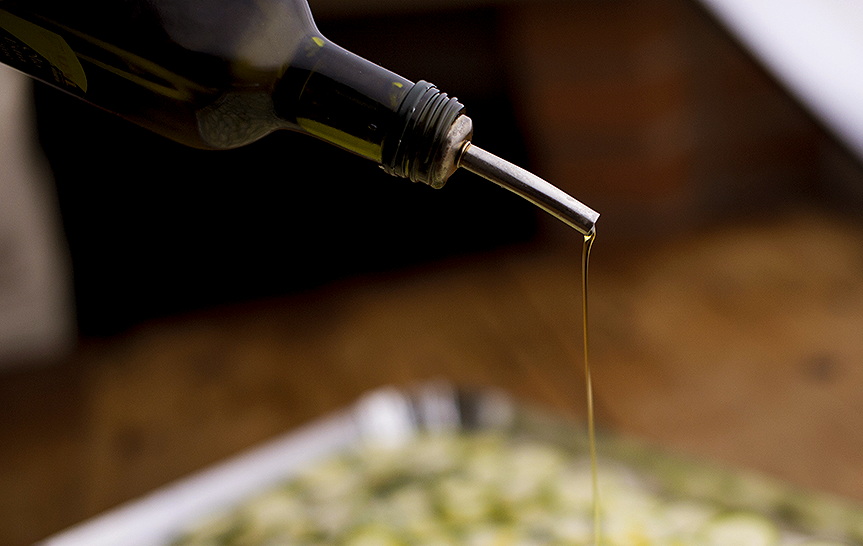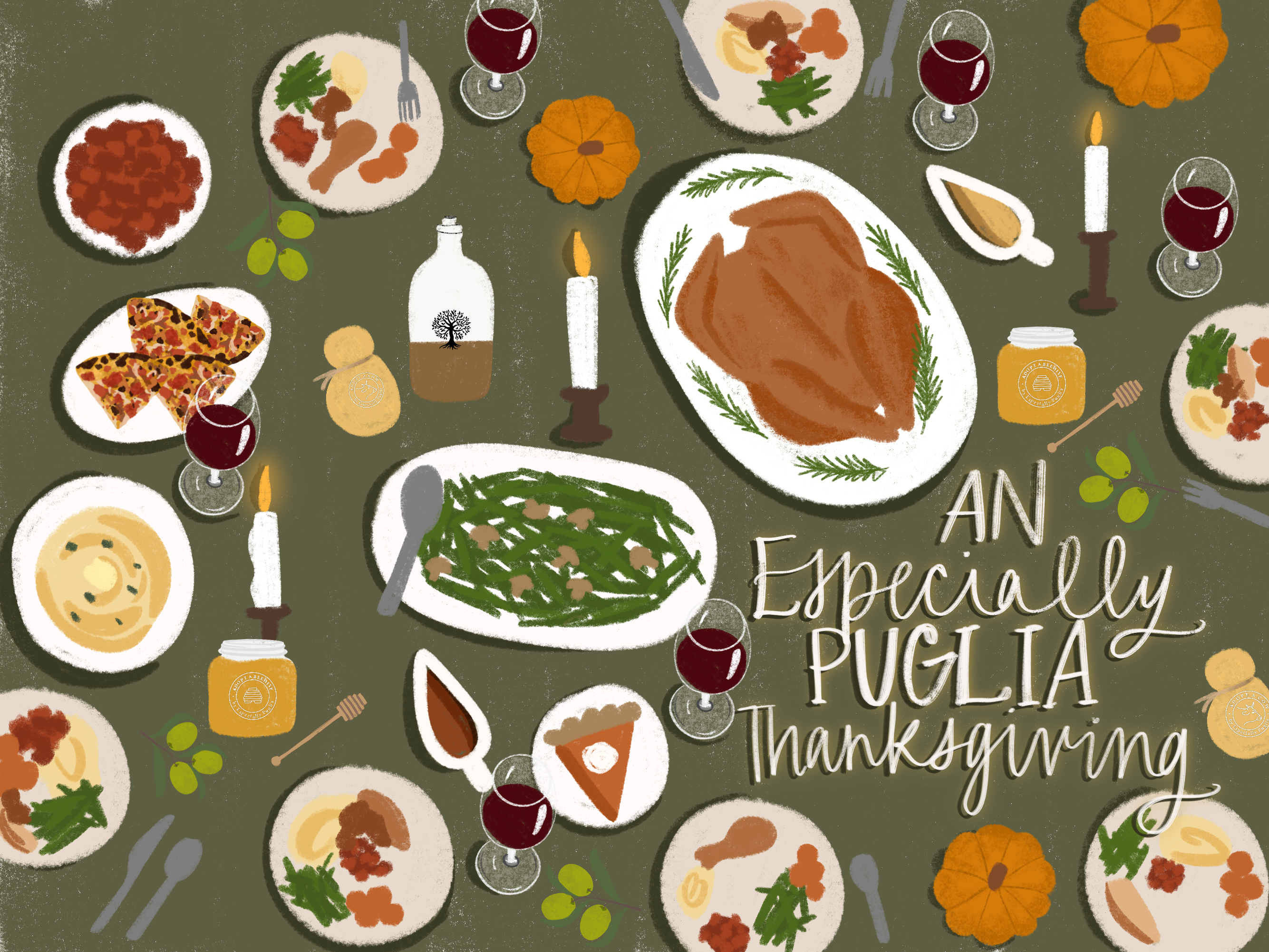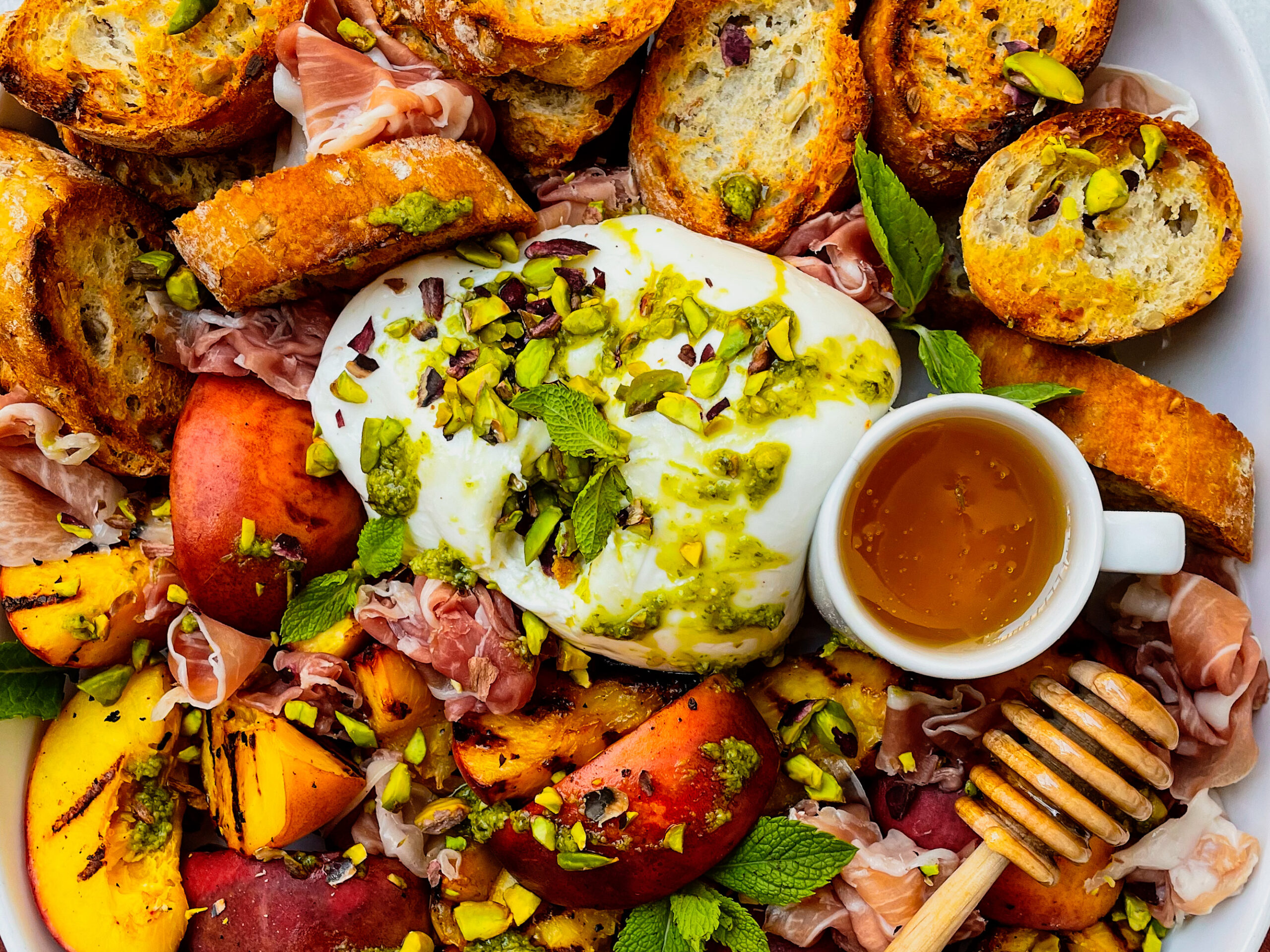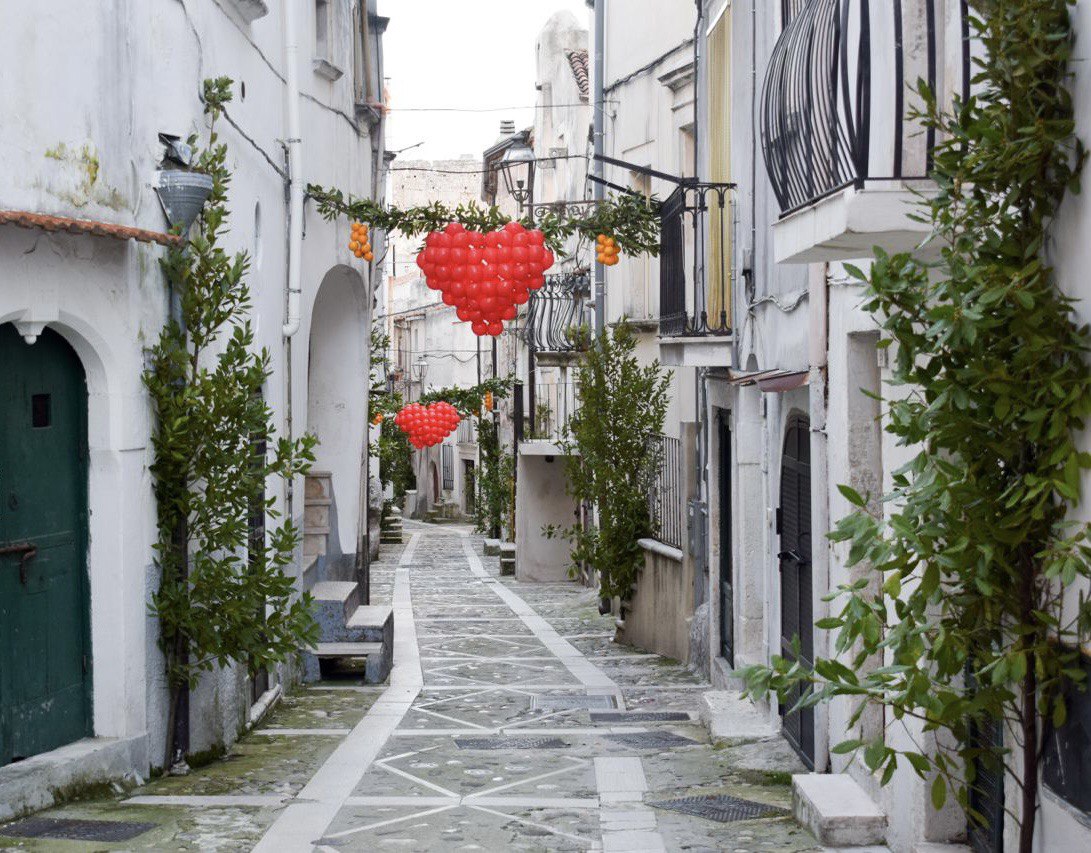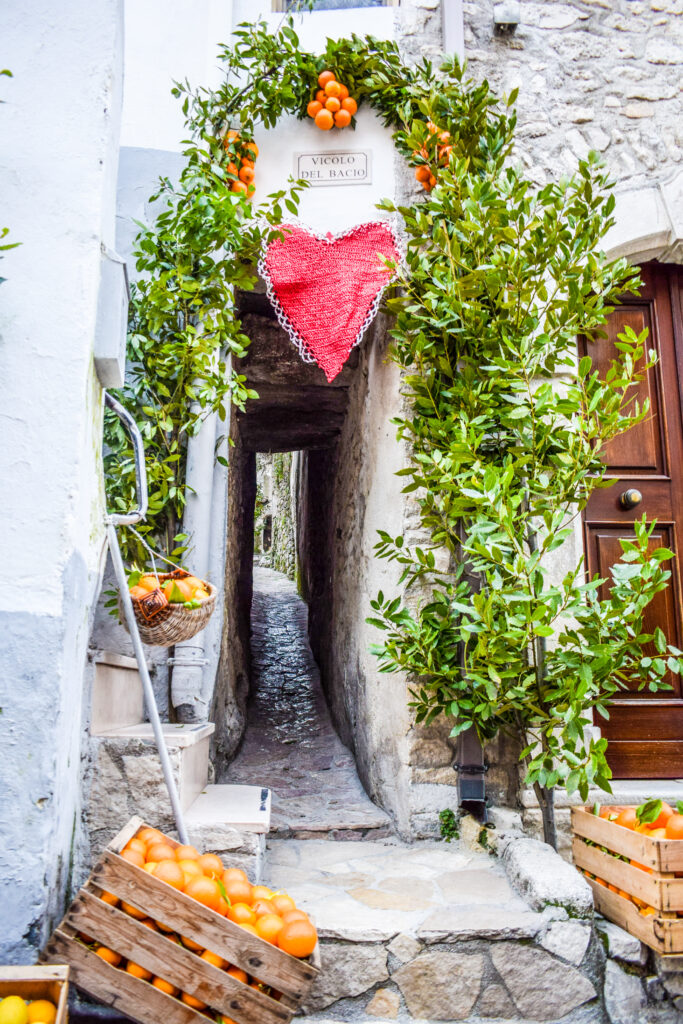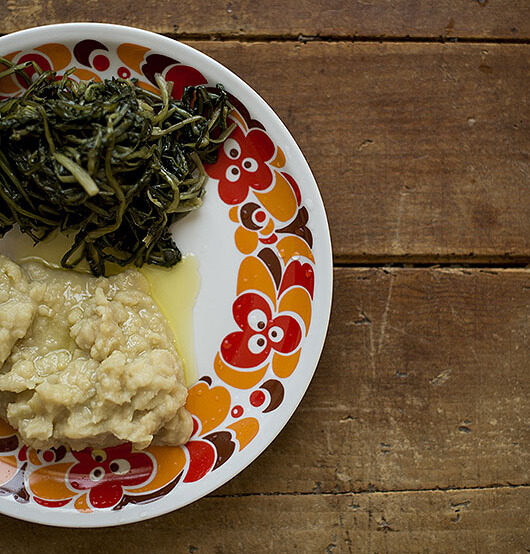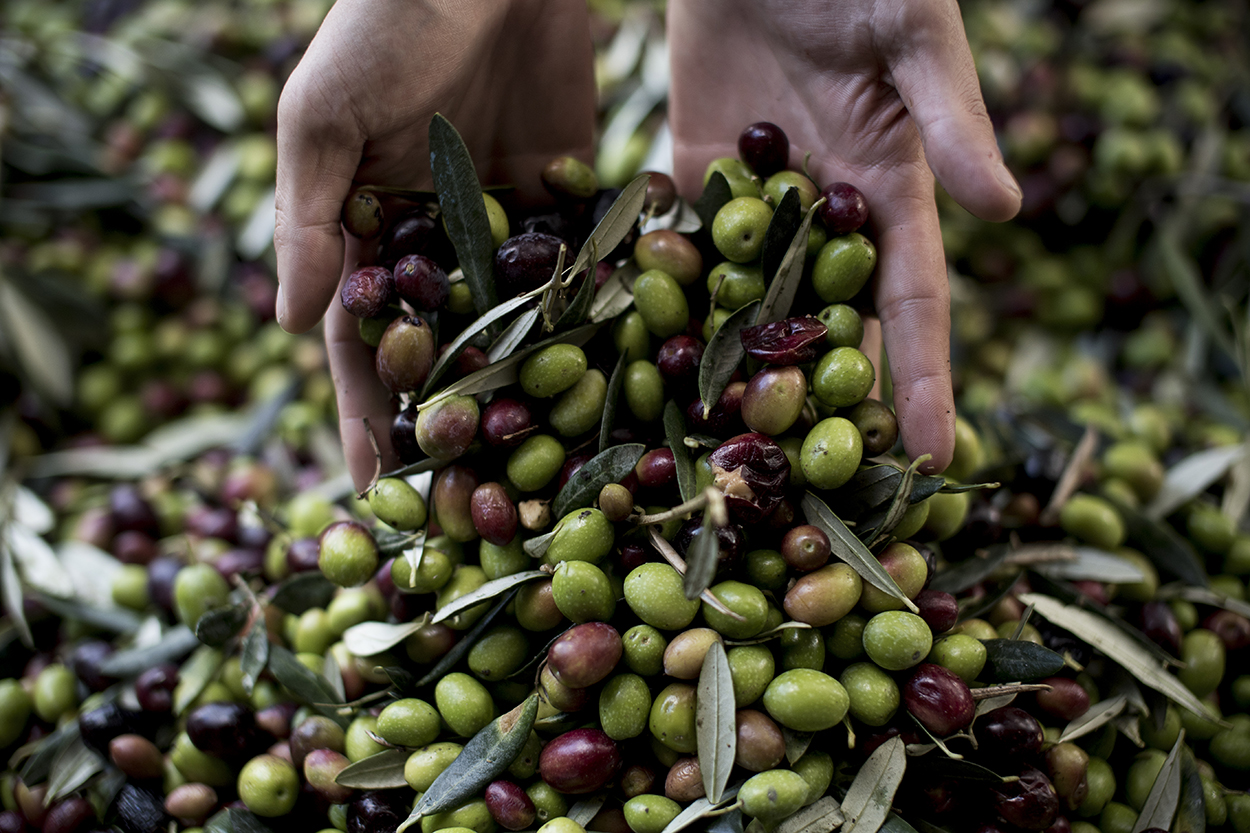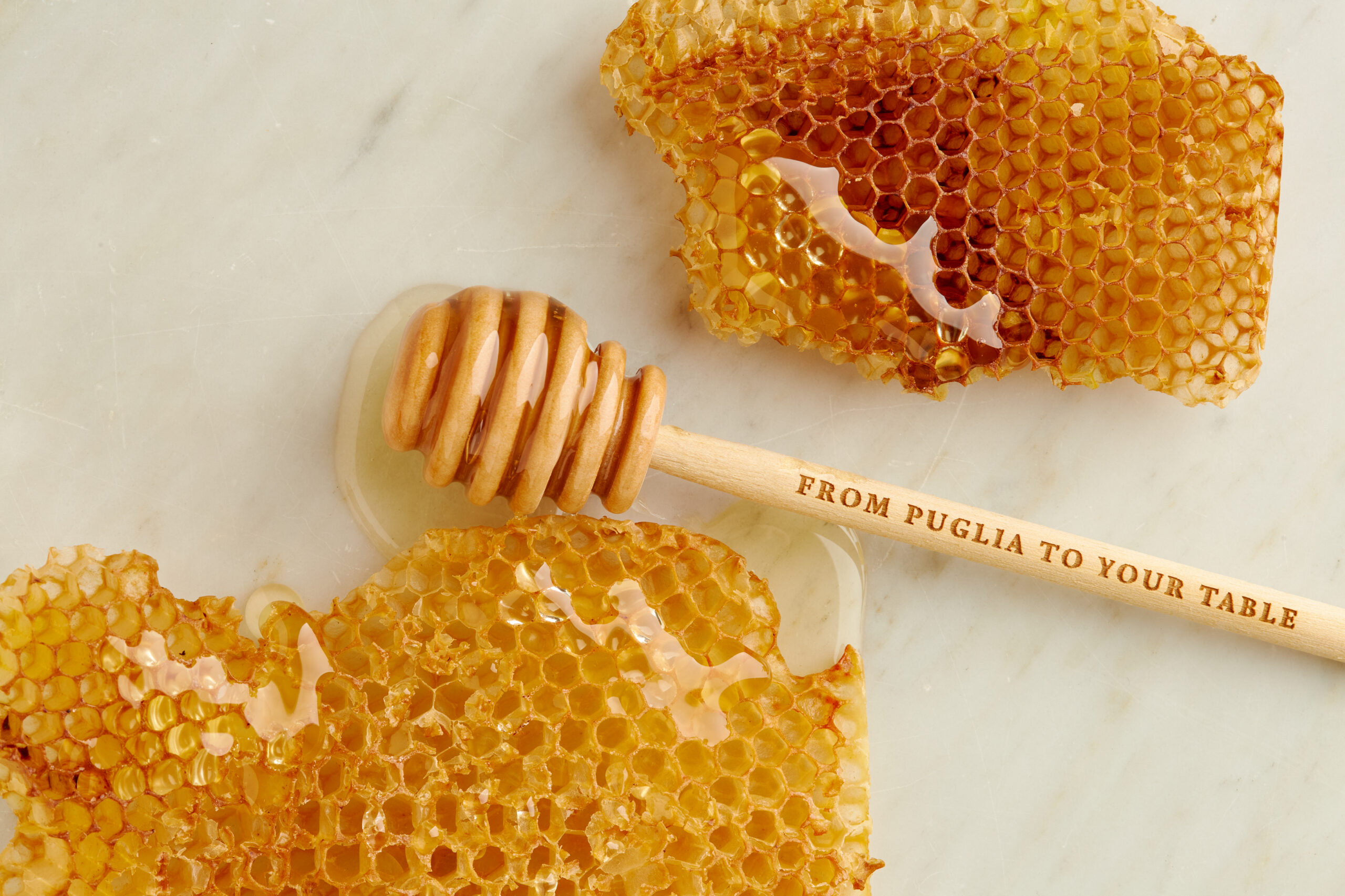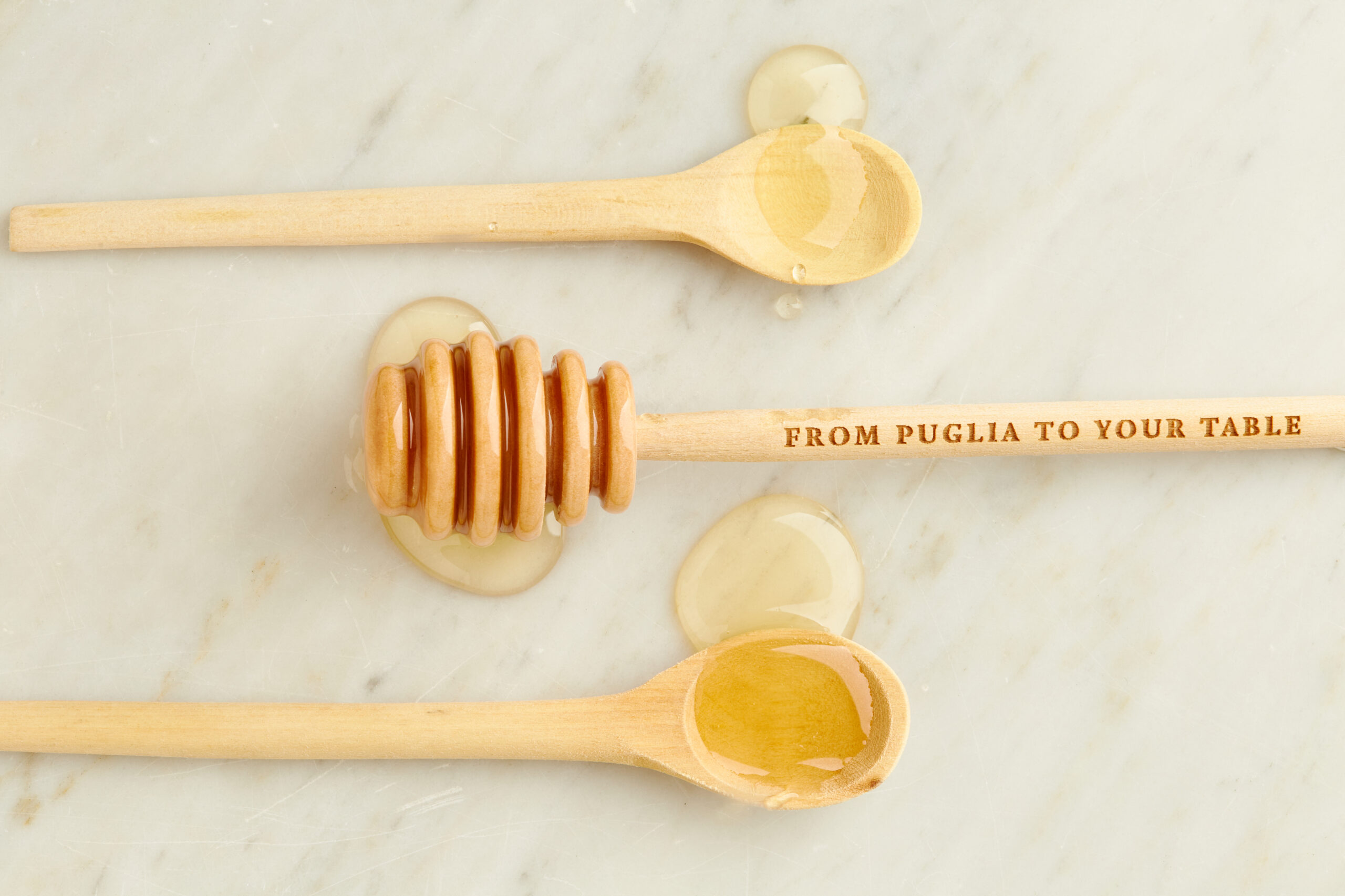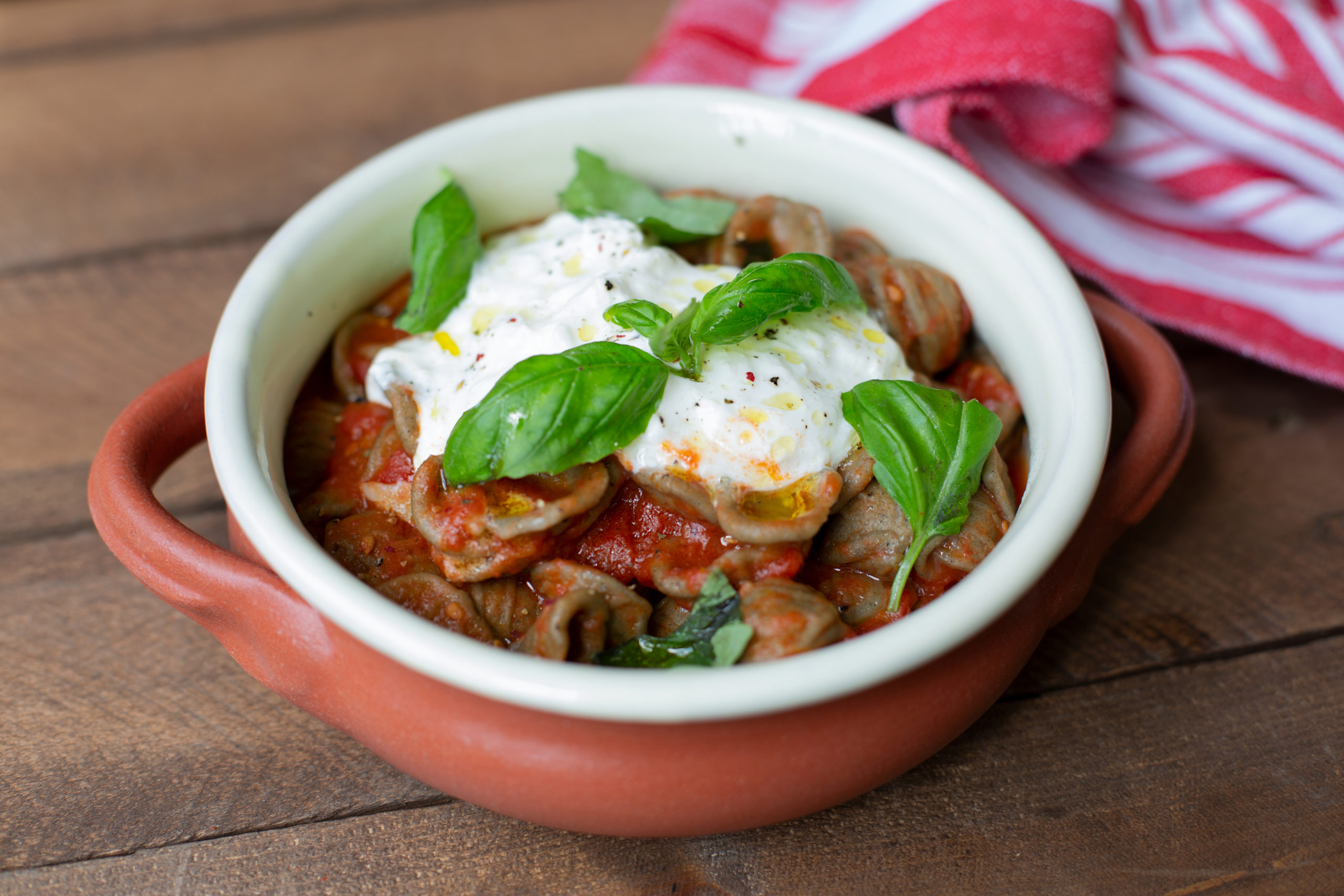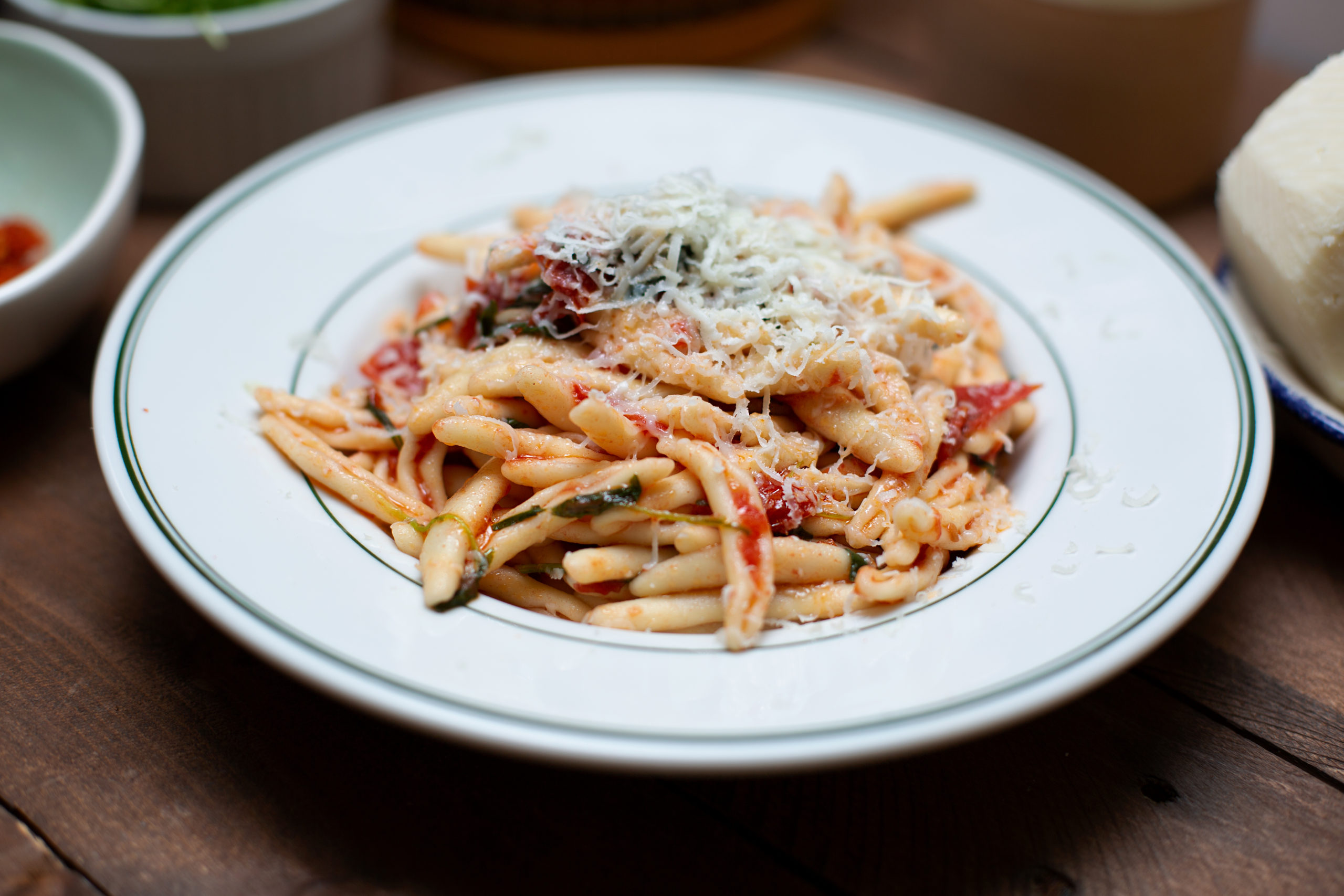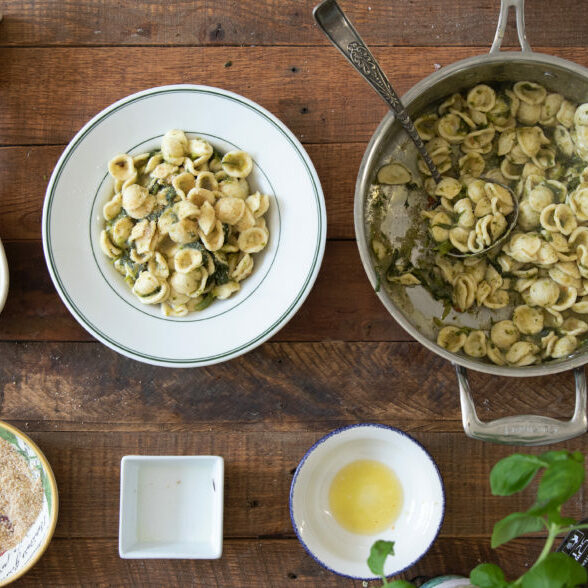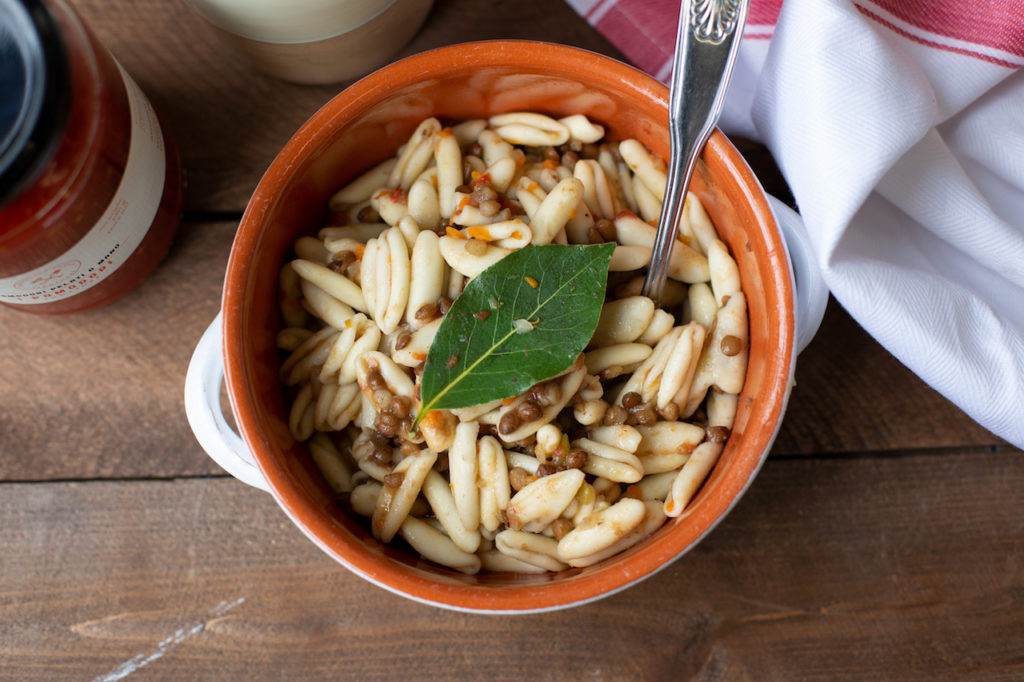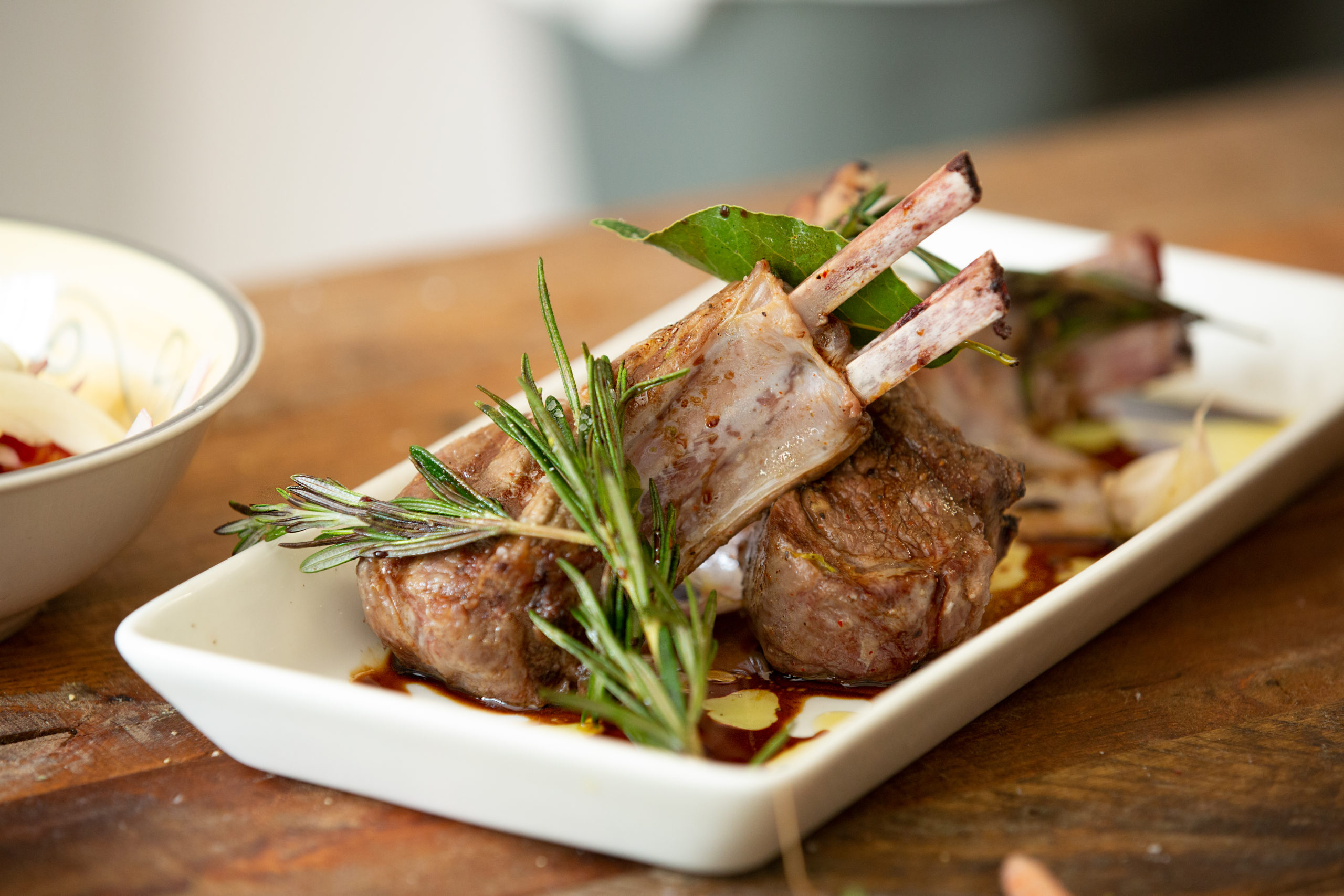Did you know that Puglia isn’t just known for its great food, but also stands as one of Italy’s premier wine-producing regions? Here, the rich flavors of the land and the vine’s fruits blend perfectly. Let’s discover 6 wonderful combinations of its wines – from strong reds to light rosés and fresh whites – paired with traditional Apulian dishes.
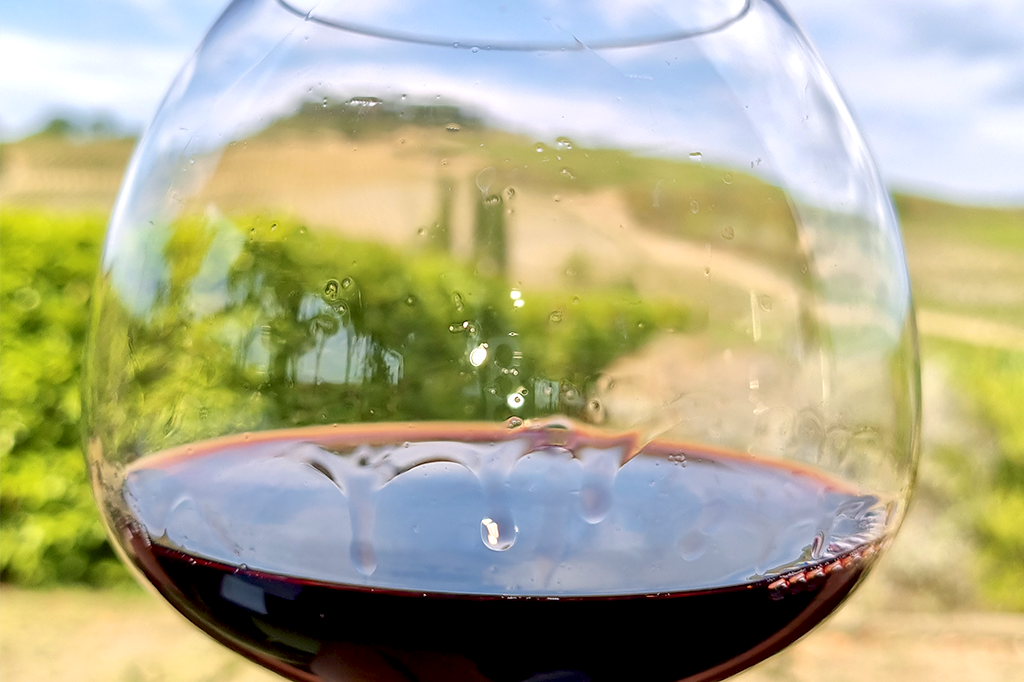
Negroamaro & Spaghetti all’Assassina
Negroamaro, with its ripe cherry and spice notes, pairs perfectly with Spaghetti all’Assassina, a hearty Apulian pasta dish. This dish features al dente spaghetti and a rich tomato sauce flavored with garlic and chili peppers, creating a bold and flavorful combination.
Production area: Negroamaro is primarily produced in the provinces of Brindisi, Lecce, and Taranto.
Why it works: The robust flavors of Negroamaro complement the spicy and savory notes of the dish, enhancing the overall tasting experience. Additionally, you can try Negroamaro with lamb or spicy Italian sausage cavatelli for a delightful twist.
Primitivo & Braciole Pugliesi
For a dish that pairs perfectly with red wine, look no further than Braciole Pugliesi. These beef rolls are stuffed with breadcrumbs, garlic, parsley, and cheese, then cooked in tomato sauce until tender. The rich flavors of the beef and tomato sauce pair perfectly with Primitivo, adding depth and complexity.
Production area: The Primitivo grape variety is mainly cultivated in the Salento area, particularly around Manduria and Sava, in the province of Taranto.
Why it works: The full-bodied nature of Primitivo, with its dark fruit and spice notes, enhances the savory and slightly sweet flavors of the braciole. As a first course, you can start with orecchiette pasta served in the same red sauce as the braciole.
Susumaniello & Bombette
Susumaniello, a red wine grape with a rich history in Puglia, pairs exquisitely with bombette, a traditional Apulian dish. Bombette are meatballs typically made with pork and beef, stuffed with cheese and herbs, and often grilled or baked.
Production area: This red grape is native to Puglia and is grown mainly around the major southern port of Brindisi, in the heel of Italy’s boot.
Why it works: The robust flavors of bombette complement the deep, complex notes of Susumaniello. This wine’s tannins and dark fruit flavors stand up to the savory richness of the bombette, making it a perfect match for this hearty dish.
Primitivo Rosato & Seafood Antipasti
Primitivo Rosato, a lovely rosé wine from Puglia, pairs well with seafood antipasti. Its fresh flavors complement shellfish and seafood salads.
Production area: This rosé wine is produced with specific techniques in the rural zones of Manduria and Sava, in the province of Taranto.
Why it works: The refreshing and crisp nature of Primitivo Rosato balances the briny and slightly sweet flavors of seafood, creating a harmonious pairing. It also pairs wonderfully with cheese and cold cuts antipasti, as well as first courses and second courses featuring fish or white meats.
Fiano & Tiella
This white wine has hints of nuts and flavors like fresh pear, citrus, and honey. Fiano is a great match with Tiella, a popular Apulian casserole packed with rice, potatoes, and mussels.
Production area: While Fiano is predominantly associated with Campania, it is also produced in Puglia, particularly in the Salento area, from low-yielding, fully organic vineyards.
Why it works: Fiano’s refreshing acidity complements the savory layers of Tiella, enhanced by the mussels and potatoes. The wine’s nutty and citrus notes add a delightful contrast to the rich, starchy components of the dish. It also goes well with grilled fish, seafood, white meats, and poultry.
Verdeca & Calamari
Pairing Verdeca, a zesty white wine from Puglia, with calamari creates a delightful combination. The wine’s herbal notes and citrus flavors complement the tender calamari, resulting in a refreshing and balanced pairing.
Production area: Verdeca is found almost exclusively in the provinces of Taranto and Bari.
Why it works: The bright acidity and herbal character of Verdeca enhance the delicate, slightly sweet flavor of calamari, making each bite and sip a refreshing experience.
These pairings are just the start of your culinary adventure in Puglia. Every sip and bite invites you to discover the diverse flavors that define this charming Italian region. Salute!
